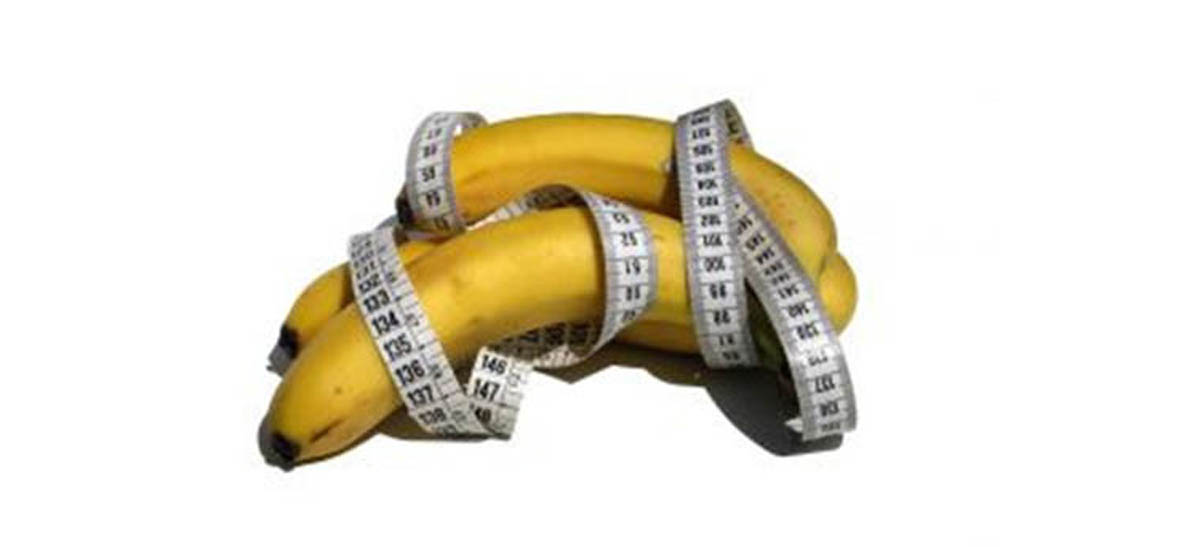Table of Contents
Count Your Calories
Calories are king (or queen) of any diet plan. Before doing anything else, you need to work out how many calories you should be consuming.

Once you have your daily calorie intake sorted, you can consider other factors of the diet.
The next thing to think about is macronutrients – proteins, carbs and fats. A healthy diet contains all three of these in some form. To begin with, and to keep things simple, split your calories evenly – roughly a third from protein, a third from carbohydrates and a third from fats.
Watch the Scale
Weigh yourself once a week, and only once a week. Your weight fluctuates too much on a day to day basis for you to worry about what you weight from one day to the next.
Always do your weigh ins first thing in the morning, on an empty stomach, and on the same day every week.
Ideally, you should look to lose one to two pounds each week. This is a safe, sustainable amount to lose. This can vary however – if you’re overweight and looking to lose 10 lbs as a way of kick-starting your weight loss journey, you may find that three to four pounds a week is perfectly feasible. Likewise if you’re already lean, and fighting to lose that last bit of fat, half a pound may be the maximum amount you can lose each week.
Change your calorie intake depending on progress. If you hit your one to two pound target, keep your calorie intake exactly the same. If you’ve dropped more than two pounds (and aren’t overweight or obese) add 50 to 100 calories back in each day, and if you’ve lost less than half a pound, cut your daily intake by a further 50 to 100 calories.
Keep a Food Log
Compliance is a massive issue for most people.
Without exercise, you don’t have as much room for error with your diet, so staying on track and hitting your calorie and macronutrient numbers is vitally important.
Keep your log with a pen and paper, using food boxes and packaging to keep track of the numbers, or download an app that does it for you.
While the numbers are the most important variable, you should look to eat predominantly healthy foods, high in vitamins and minerals and low in processed ingredients. Get the majority of your protein from lean meats and fish, low-fat dairy products and eggs. Carbs should come from veggies and fruits, grains and beans, and fat from oily fish, full-fat dairy, nuts, seeds, olive oil, coconut and avocado.
Include More NEPA
NEPA stands for Non-Exercise Physical Activity.
It doesn’t mean exercise, more daily activities that burn calories – walking, grocery shopping, completing household chores, and so on.
Aim to increase your NEPA by getting off the bus or train one stop earlier, parking a little way from work, engaging in more active leisure pastimes, and walking instead of driving where possible.
The Wrap Up
There are a few caveats to all of this, however.
Those who exercise definitely have a little more leeway with their diets. As we discussed earlier, an hour of weight training probably burns around 450 calories. When you add to this the calories burnt from the metabolism boost exercising, and in particular – weight training -- provide, you’re probably looking at around 600 calories per session.
Do this three times a week, and that gives you an extra 1,800 calories to play with – that could almost be a whole extra day’s food for some people.
Weigh up the pros and cons – while losing weight through diet alone may be perfectly possible, if you want to enjoy life a little more, build some muscle and strength, prevent injury and improve your general health, it might do you some good to dust off your gym kit, reacquaint yourself with your sneakers, and get back into exercise.
- “Fast Weight Loss – What’s Wrong With It?”
- By Mayo Clinic
- Accessed on January 27th, 2013
- Retrieved from http://www.mayoclinic.com/health/fast-weight-loss/AN01621
- Photo courtesy of rmgimages on Flickr: www.flickr.com/photos/rmgimages/4881836687


Your thoughts on this